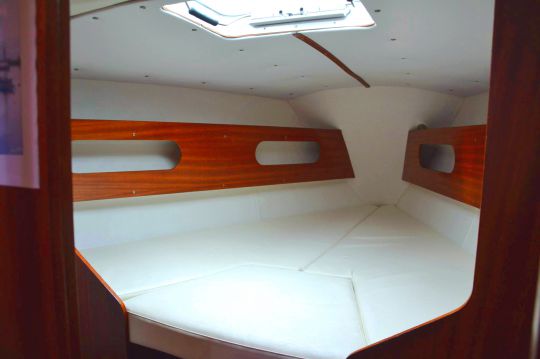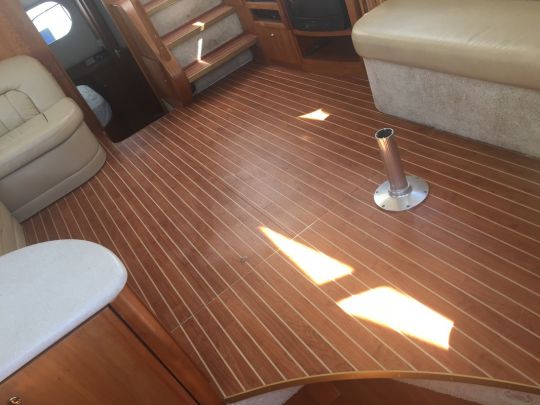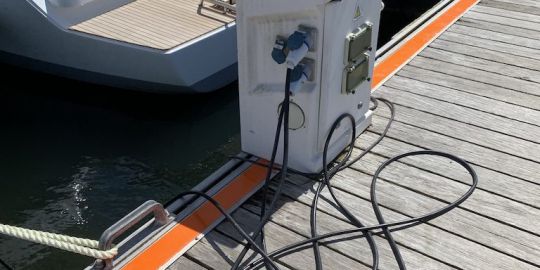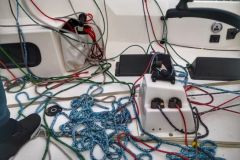Some elements must be checked. The list varies according to the type and size of the boat you are sailing on. It is never exhaustive, it evolves with the age of the boat and the type of navigation envisaged.
Ventilation
To avoid internal mould, it is essential that the air circulates on board your boat. Be sure to keep the cabin doors open. Arrange to create a natural ventilation that will run the boat from front to back.
If you have used the mattresses and benches, lift them up and place them on their edges to remove the inevitable condensation underneath.

Clean the boat
Go around the lazarette and fridge, make sure you empty out any waste that will quickly rot. Take out the garbage can, it seems obvious, but it is not uncommon to tidy up and clean the boat, but to have forgotten the garbage can full of rubbish.
However, rinsing the deck with fresh water at the return of each exit is far from essential. The materials are made to resist salty air and rainfall will naturally ensure this desalination.

Check the shim
If the sea water on deck is acceptable, the residual salt water on board must be constantly controlled. After a day of spray, a sponge blow on the floors will prevent them from retaining their moisture.
Take this opportunity to check that the funds are dry. A glance before and after your navigation and you will be sure to return to a dry boat.

Water tanks
Check water levels, and fill tanks before leaving your boat. Less air in the tanks also means less bacteriological proliferation. Even short exits can overwhelm tanks if the crew washes dishes in heavy water or takes showers after swimming. A pressurized water pump will deliver 10 to 15 litres/minute, so in 10 minutes of the pump, 150 litres can flow.
Fuel
Especially for motor boats, but also for the many sailboats that mainly use their engines as a means of propulsion. Note the amount of fuel remaining in the tank and record it in a logbook that you can consult at the start of the next trip.
Dock connection
If you have a dock charger, connect it to the terminal for the duration of storage. This is the assurance of returning on board with charged batteries. A small solar panel would provide the same service and would not require a terrestrial connection. Some captains cut off the electrical terminals after a few hours to limit consumption and the risk of short circuits.

Close the circuit breakers
Go around the boat and make sure you have turned off all the equipment that uses electricity. The off-position circuit breakers prevent accidental battery discharge during your absence, and also limit the risk of short circuits responsible for most fires.
Deck and cockpit stowage
In addition to the aesthetic pleasure of a well-organized boat, protective covers will extend the life of your precious sails or outdoor upholstery. Make sure that they do not do so in the event of a gust of wind. Before leaving your boat, if it is a sailboat, store the manoeuvring tips and winch handles.

Check the mooring
And as a final check, check the mooring. You must leave with the feeling of having prepared your boat for an imaginary gust of wind. Worn mooring lines must be prohibited, dead towers around the cleats are imperative, and fenders arranged in sufficient numbers.














